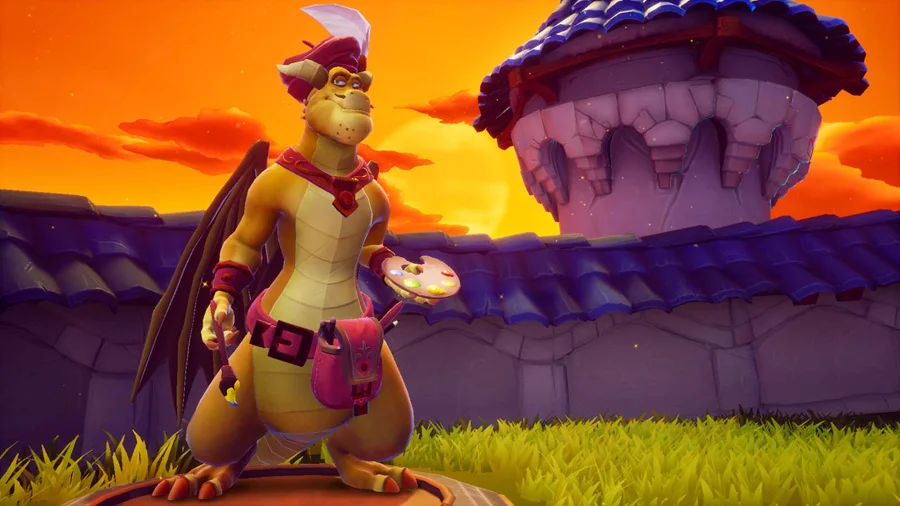Despite their bad press, microtransactions can be a useful way to expand your gaming experience. Here’s our guide to the big buzzword in gaming.
What is a microtransaction?
A microtransaction (MTX) is a small payment made for virtual goods. You often find them in console, mobile and PC gaming, where they can create revenue streams for developers.
As a result, the developer has the funding he or she needs to continue producing updates for your favourite games.
There are many ways microtransactions can be paid for, such as direct from your bank account or credit card, but a Skrill wallet makes payments easier.
With Skrill, you avoid the hassle of entering your card or bank details. Plus, you can only spend the amount you’ve uploaded to your Skrill account, preventing you from overspending.

What are the types of microtransaction?
In gaming, microtransactions fall into one of the following categories:
- Cosmetic upgrades – be the envy of other players with a flashy makeover or different clothing for your character.
- Strengthen units – in fighting and sports games, you can deal more damage, survive more hits and run faster with upgraded soldiers, robots, vehicles and players.
- Unlocks – get features and units that are unavailable or hard to reach for non-paying players.
- Boosters – make faster progress on improvements that are available to everyone.
- Limited usage upgrades – any of the above, but these last only a fixed amount of time or number of games before another payment needs to be made.
- Loot boxes – buy a pack of upgrades without knowing exactly what you’ll get.
- Plot progress – in games with a beginning, middle and end, you can skip the bits you’re not interested in.
- In-game currencies – gems, gold, V-Bucks, armory credits… the names are different, but they’re the same thing: virtual money that lets you buy stuff in-game.
- Hints – stuck on a certain part of the game? Pay to get hints and make progress.

Are microtransactions new?
The way games were purchased, played and saved didn’t change from the dawn of Pong in the 1970s to the original PlayStation in the mid-1990s.
But in the late 1990s, everything changed. Online gaming exploded with titles such as Quake and Command & Conquer, and consoles became more like PCs, with their own writable drives.
Developers could modify games after they were released, including fan-inspired updates and fixes. But if the games were to continually evolve, the old one-off purchase methods wouldn’t work – developers needed revenue streams to pay for staff, servers and other costs.
The solution: microtransactions. Microtransactions allow gamers to pay to expand their gameplay, while developers can charge for making new improvements. This set up increases the shelf life of games and incentivises developers to make upgrades.
Today, as anyone who’s played Fortnite, Clash of Clans or Candy Crush will know, there are thousands of games that are free to play. Yet there’s always the option to pay if you want to progress more quickly or unlock new features.

Are microtransactions expensive?
What constitutes a micro-payment depends on the game - and sometimes the gamer (one superfan spent $2million on Modern War).
You can buy a pouch of gold for a small sum in Clash Royale; but in War Thunder you pay a considerable amount for a single premium tank. Both games are free to play, however, and thousands of regular players never spend a penny.
Ultimately, it’s your money. People who are fans of a game and are fully engaged with its community might think nothing of paying to improve their experience, whereas others are content to take a more casual approach.
Are microtransactions here to stay?
Wise developers recognise that non-paying or low-paying gamers are just as important as paying ones. Even players that pay less keep the community active and mean more people to compete against.
However, it’s up to developers to keep both camps happy.
Star Wars Battlefront II showed how gamers react when microtransactions overstep the mark; there was a massive player backlash because progress through the game was all but impossible without extra payments on top of the purchase costs.
The backlash resulted in the developer, EA, having to re-think its approach to microtransactions ahead of the game’s global launch.
Microtransactions have generally proved to be popular with developers and gamers though. In 2018 alone, gamers spent $4bn on in-game payments across Activision Blizzard games.
Now, it’s easy to see a future where no new games have an upfront purchase cost, and you play on a pay-as-you-go basis.




